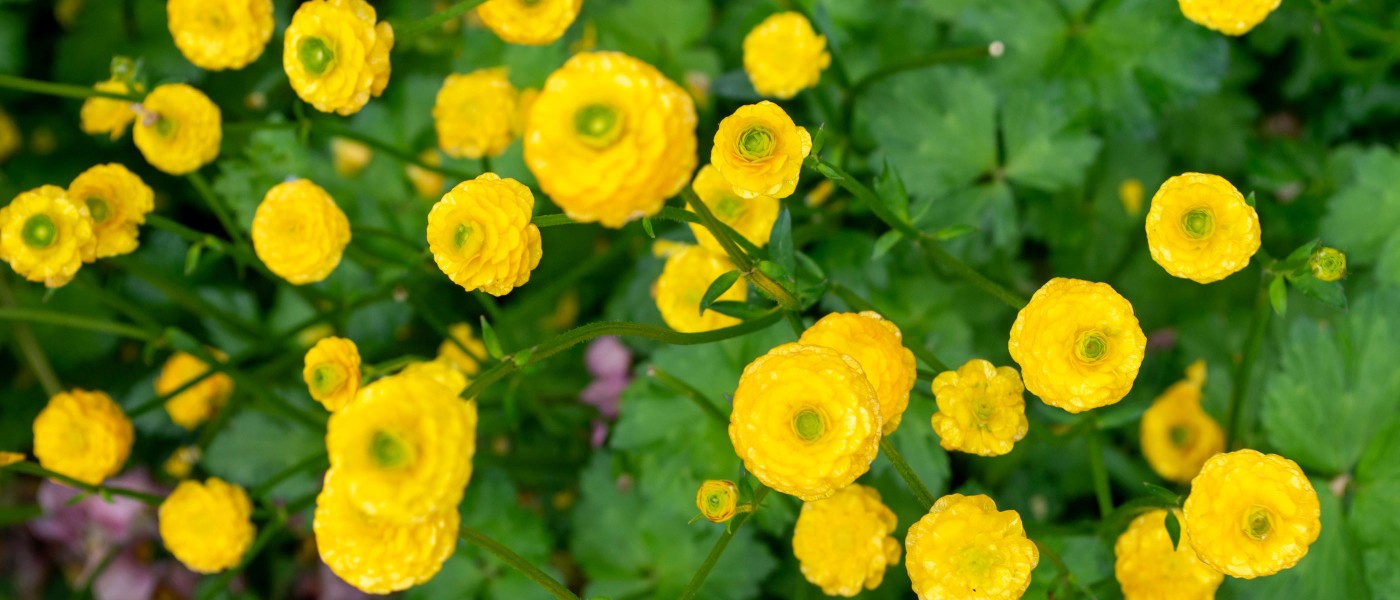Bloom Alert: Shakespeare Garden
As the Shakespeare Garden transitions from late spring into early summer, the beds explode with height, color, and texture. Take in the abundance of these blooms on your next visit.
Tall Bearded Iris
Iris ‘Breakers’
Blooming in late spring, this tall, herbaceous perennial boasts large purple-blue flowers. Tufts of hairs are present on the sepals, which provide a landing place for insect pollinators.
Columbine
Aquilegia vulgaris
A member of the Ranunculaceae, or buttercup family, columbines are a source of nectar for bees, butterflies, and hummingbirds.
Foxglove
Digitalis purpurea
This herbaceous biennial has bell-shaped flowers with dark spots and hairs on the inside. Foxgloves attract bumblebees and easily self-sow—a single plant can produce one- to two million seeds.
Mountain bluet
Centaurea montana
Native to the mountain regions of central and southern Europe, this herbaceous perennial boasts striking, wheel-shaped flowers made of clusters of purple-blue florets.
Moth Mullein
Verbascum blattaria
This biennial plant is a member of the Scrophulariaceae, or figwort family. Tufts of purple hairs surround the flowers’ stamen, resembling the furry antennae found on moths.
Peony
Paeonia sp.
Buttercup
Ranunculus sp.









